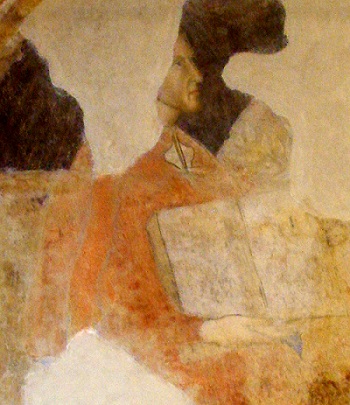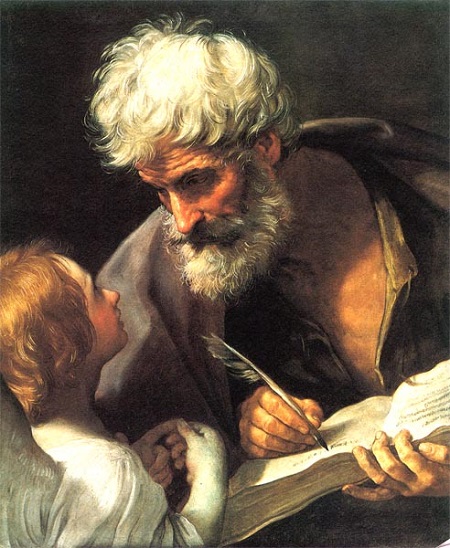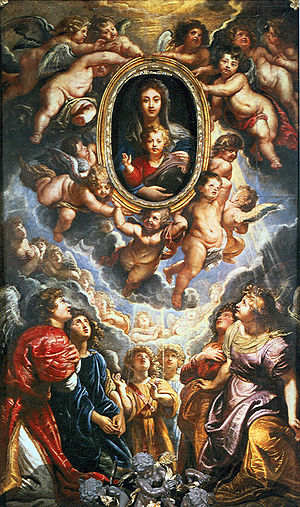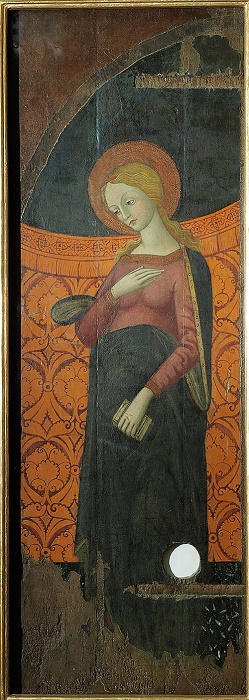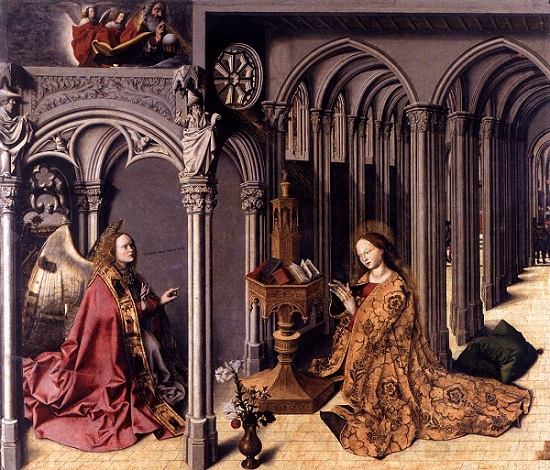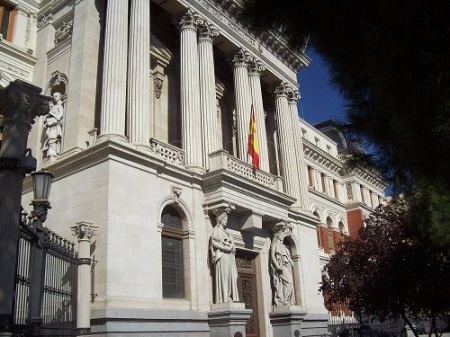When you are next planning a trip to the wonderful city of Naples, you must pay a visit to the extraordinary Museo di Capodimonte, one of Itay’s finest museums, which sits in the hilltop haven of Capodimonte. When Charles III of Bourbon became king, he gathered all the artworks he had inherited from his mother, Elizabeth Farnese, and bought them to Naples, not knowing at the time where he would house them. An avid hunter, on one hunting trip he decided that the game-filled woods on the hill to the north of the city would be the perfect site for both a hunting lodge and a royal residence, which would then house his precious and extensive collection. Building began in 1738, but the three-storey palace was not completed until some 100 years later.
The core collection of the museum is the Farnese collection, which is rich in Renaissance art, but it was augmented by the Bourbon collection and many other subsequent acquisitions, from churches and convents in the area. The collection now covers the period from the Byzantine to the contemporary.
If you only have limited time (and this museum needs at least one day) then the Farnese Gallery is the must see. This gallery is on the first floor and contains some important and stunning works – Masaccio’s Crucifixion, a Botticelli Madonna, Filippino Lippi’s Annunciation and Saints being among the attractions. However, it is the collection of 16th century works that is the most breathtaking.
The main highlights of this collection include Antea by Parmigianino, the portrait of an elegantly dressed young woman thought to be the artist’s lover, and the monumental canvases by the Carraccis. The influence of Michelangelo is evident in the sculpted figures of Annibale Carracci’s Pietà and in his Hercules at the Crossroads. Raphael is also a dominant presence with his portraits of Leo X and Two Cardinals and Cardinal Alessandro Farnese.
Pride of place is given to Titian’s Danaë, which represents the mythical love scene from Ovid’s Metamorphoses in which Zeus disguises himself as a shower of gold in order to seduce Danaë, the daughter of the King of Argos. In the same room is El Soflon by El Greco, a stunning study of a young boy blowing on a burning coal.

The second floor is given over to Neapolitan art from the 13th to the 18th centuries, with the works including Simone Martini’s San Ludovico di Tolosa, a masterpiece of Italian Gothic art from San Lorenzo Maggiore. Central to the 17th-century works in the collection are the Caravaggio canvases, in particular the Flagellation, which was transferred from San Domenico Maggiore. There are also some outstanding and monumental a’Avalos tapestries, made in Brussels for the Hapsburg emperor Charles V.
The third floor contains modern and contemporary art, including Any Warhol’s Vesuvius. Another must see the prints and drawings gallery on the ground floor, which includes cartoons by Raphael and Michelangelo, as well and prints but Dürer and Rembrandt.
There is so much to see at the Museo di Capodimonte that this little piece only gives you a taste but I hope it is sufficient a taste for you to put it on your Italian ‘bucket list’ – it will be a visit and day you will not easily forget.
(Adapted from Insight Guides – Explore Naples & The Amalfi Coast – www.insightguides.com)


